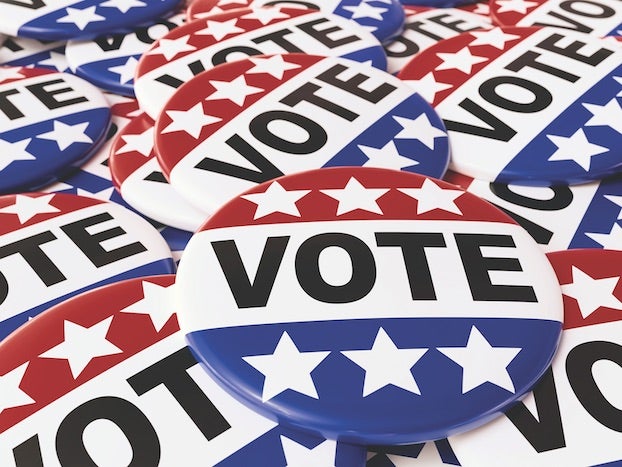Continue groundwater monitoring program
Published 8:17 am Friday, August 15, 2014
Something suggests that Louisiana will come up with the $900,000 needed to continue its groundwater monitoring program past 2015.
Using $2.7 million in federal money, the state has been monitoring wells, checking water levels.
The program was instituted after a 2011 report found that better information about the state’s groundwater was needed.
John Lovelace, with the U.S. Geological Survey Louisiana Water Science Center, told The Advocate of Baton Rouge that the program increased the number of wells that could be monitored from 279 to 473.
While most of the wells are measured four times a year, hourly readings are conducted at 32 wells above 19 aquifers.
The water levels “tell the story of what’s happening in each well,” Lovelace said.
The money sought will be used to increase the number of wells being monitored, update water-level maps more frequently, issue water-use estimates more frequently and test water quality in areas where hydraulic fracturing is done.
In addition to all those things, there’s an area specific to Southwest Louisiana: better monitoring of saltwater intrusion into freshwater aquifers in the area and in rice-growing areas.
It will be money well spent.
Scott Angelle, chairman of the state Water Resources Commission, said his organization will draft a letter detailing the importance of the system.
In Southwest Louisiana, we draw most of our water from the Chicot Aquifer. The aquifer supplies 15 parishes: Acadia, Allen, Beauregard, Calcasieu, Cameron, Evangeline, Iberia, Jeff Davis, Lafayette, Rapides, St. Landry, St. Martin, St. Mary, Vermilion and Vernon.
While there’s a need for money in other areas, $900,000 is a small price to pay to know what’s happening below ground in the state’s aquifers.





